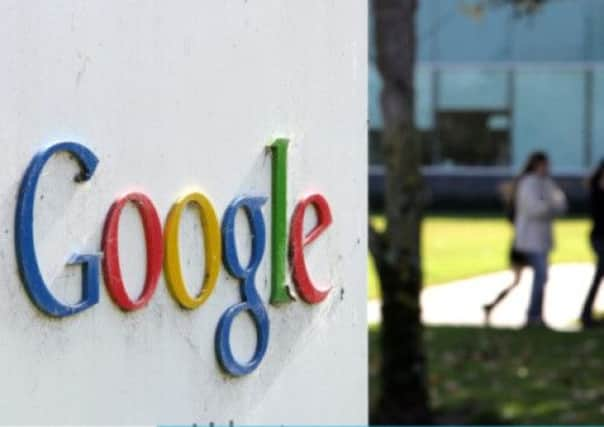Leaders: Blocking internet filth a battle that must be fought


It is perfectly true that the internet has been a social and economic revolution that has brought many benefits, but it also has its dark side, of which the proliferation of pornography and, even more nauseatingly, child pornography, is the worst aspect.
So steps being taken by Google and Microsoft to prevent internet searches for vile photographs and videos, hailed by David Cameron as “real progress against the absolute evil of child abuse”, are certainly welcome. The companies intend that anyone trying to use their search engines to find this filth will be blocked.
Advertisement
Hide AdAdvertisement
Hide AdIt is a welcome step, but arguably rather a late step, and certainly only a first step. It has long been known that paedophiles have used the internet vigorously to share dreadful images. Some have even come to believe that their apparent freedom to do so in some way acts as a kind of endorsement, leading some law enforcement agencies to argue that the internet has allowed the propagation of abusive behaviour and an increase in the number of children suffering and being exploited.
The more blocks that are put up, the more that the distribution and availability of child pornography will be reduced, and the more the message will be drummed out that society does not and will not tolerate such behaviour.
Some reckon, however, that the companies are making mere token moves. There are many other search engines which can be used, many ways for people to encrypt things that they don’t want others to stumble across, many routes for warped minds to continue accessing illegal content.
And while many people think they are using Google and Microsoft to search the entire web, they are not. There is a hidden web, a dark side of the internet. No-one really knows how big it is. Some reckon the darknet is 500 times the size of the visible internet, others think it is thousands of times bigger.
It is a cyberworld of secret passwords and hidden websites that the search engines just don’t come across. Law enforcement and intelligence agencies, seeking out criminal and terrorist agencies, struggle to penetrate it. The prime minister says that they will also be looking to disrupt the darknet’s child pornographers.
As well they should, for this is a crime that is as destructive of society’s fabric as drugs and bombs, but all the more insidiously corrupting for its secrecy and silence.
The internet, both its visible and dark sides, may seem so vast and amorphous that to try and root out this kind of illegality looks to be a hopeless task. Such an attitude would be to surrender the freedom to bring up children unmolested in a decent society to the criminal and the corrupt.
Eagle an inspiring choice
Since the time of the ancient Egyptians, the eagle has been used as an emblem by kings, emperors, and generals. It has even flown into Christian lore as a symbol associated with St John the Evangelist and come to be an icon of the United States. So why not Scotland?
Advertisement
Hide AdAdvertisement
Hide AdThe conservation charity RSPB Scotland thinks it would be a great idea to have the golden eagle adopted as Scotland’s
national bird, it already having been voted the nation’s favourite wild creature.
Should the petition it has launched and which it intends to present to the Scottish government be successful, a designation need not have the same meaning that it did to the armies that followed eagle standards bent on conquest. It should be rather more about its more mystical symbolisation of far-sighted wisdom and as a messenger.
Indeed, it could be taken to symbolise, as the RSPB intends, the glories of Scotland’s landscape and a national commitment to natural conservation. Though Scotland has not, historically, looked after the eagle terribly well, persecuting it where it is suspected of feeding on lambs and game birds, the country can take some pride in having provided remote redoubts where it has been able to escape the extermination that has befallen it in other parts of Britain.
The message that its adoption as a national symbol alongside the Saltire, the Lion Rampant, and the Thistle should send is that Scotland wants the golden eagle to thrive and be far more prevalent than its current establishment of just 431 pairs. To spot one soaring over cliffs and moors is to be thrilled. Many more people should have the chance to be inspired by such a sighting.